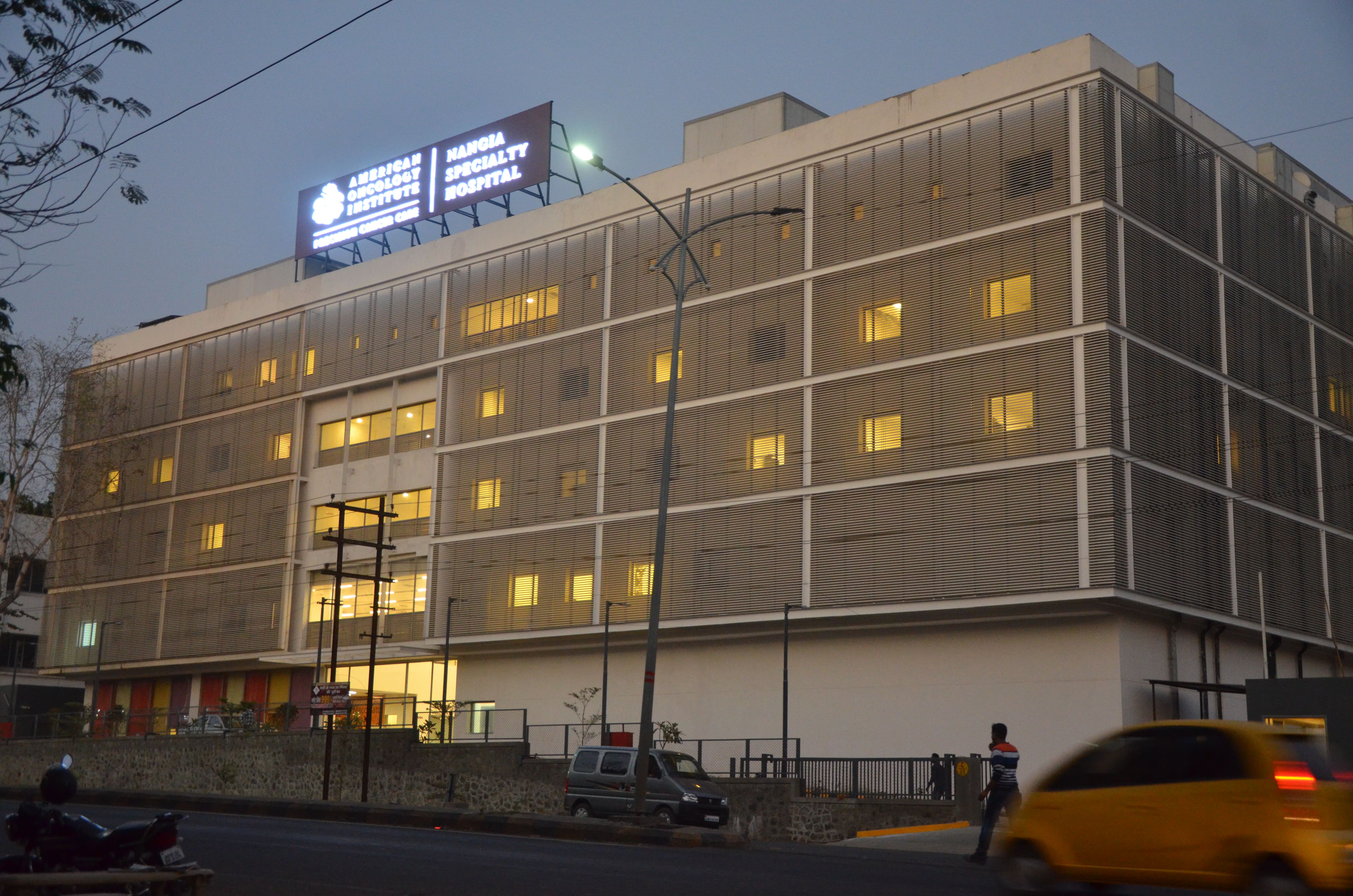Bone marrow is a soft, spongy tissue found inside the bones of the body. It is responsible for producing and regulating the production of various types of blood cells.
A bone marrow transplant, also known as a hematopoietic stem cell transplant, is a medical procedure that involves replacing damaged or destroyed bone marrow with healthy stem cells. Bone marrow is the soft, spongy tissue found inside the bones, and it is responsible for producing important components of the blood, such as red blood cells, white blood cells, and platelets.
Americn Oncology Institute, Nagpur offers the most advanced treatment for cancer. Our highly experienced team performs both Autologous and Allogenic stem cell transplants, strictly adhering to international standards. Our hospital is equipped with ultra-modern infrastructure and supported by state-of-the-art laboratory and transfusion services. We provide best-in-class treatment for all coagulation disorders such as hemophilia, Von Willebrand disease, clotting factor deficiencies, and red cell disorders including anemia, sickle cell disease, and thalassemia. Our dedicated and experienced team follows an integrated approach to offer treatments for a broad range of malignant and non-malignant hematological diseases in children as well as adults.

AOI stands at the forefront of treatment excellence offering precision cancer care for all types of cancers for all age groups and genders.

An expert team of cancer care specialists
With you in your journey to better health
Personalized care & treatment
Seamless access to our services
Bone marrow is a soft, spongy tissue found inside the bones of the body. It is responsible for producing and regulating the production of various types of blood cells.
Stem cells are undifferentiated cells that have the remarkable ability to develop into different cell types in the body.
A bone marrow transplant is a medical procedure that involves replacing damaged or destroyed bone marrow with healthy stem cells.
The stem cells can be obtained from various sources, including bone marrow, peripheral blood, or umbilical cord blood.
The goal of the transplant is to replace the damaged or abnormal cells in the bone marrow with healthy ones, allowing the body to resume normal production of blood cells.
Bone marrow transplants are commonly performed to treat certain types of cancers, such as leukemia, lymphoma, and multiple myeloma, as well as other diseases and conditions that affect the bone marrow, such as aplastic anemia, sickle cell disease, and certain immune system disorders.
There are two main types of bone marrow transplants:
The bone marrow transplantation procedure itself typically takes about 1 to 2 hours to complete. However, the overall process of bone marrow transplantation involves several phases that can span a period of weeks to months. These phases include:
It's important to note that the total time required for a bone marrow transplant can vary depending on the patient's condition, the type of transplant (autologous or allogeneic), the specific treatment protocols, and any potential complications that may arise during the process. The medical team closely monitors the patient's progress throughout each phase of the transplantation process.
The recovery period after a bone marrow transplant can vary from person to person, but it typically lasts several months to a year or more. The duration of the recovery depends on various factors, including the patient's overall health, the type of transplant (autologous or allogeneic), the underlying condition being treated, and any complications that may arise during or after the transplant.
A bone marrow transplant is a complex procedure that can have various side effects. The intensity and duration of these side effects can vary depending on factors such as the type of transplant, the underlying condition being treated, the patient's overall health, and any complications that may arise. The side effects range from infections to infertility and organ damage.
It's important to note that the medical team at American Oncology Institute, Nagpur closely monitors patients during and after the transplant, and they provide supportive care to manage and minimize these side effects. Medications, such as immunosuppressants and antibiotics, may be prescribed to prevent or treat complications. Regular follow-up visits and communication with the medical team are crucial to address any concerns and manage the side effects effectively.
The frequency of follow-up visits after a bone marrow transplant can vary depending on several factors, including the specific transplant protocol, the patient's overall health, any complications experienced during or after the transplant, and the preferences of the medical team. Typically, the follow-up visits are more frequent in the early stages of recovery and become less frequent as time progresses.
During the first few months after the transplant, follow-up visits may occur weekly or biweekly. These visits are important for closely monitoring the patient's recovery, managing any side effects or complications, and adjusting medications as needed. The medical team will typically perform blood tests to check the patient's blood counts and assess the engraftment of the new stem cells. They will also monitor the patient's overall health, address any concerns, and provide supportive care.
As the patient's condition stabilizes and their blood counts improve, the frequency of follow-up visits may be reduced. After the initial months, follow-up visits may occur every 2-4 weeks for several months. The medical team will continue to monitor the patient's progress, assess any long-term complications, and provide ongoing support.
Over time, as the patient's recovery progresses, the follow-up visits may occur on a monthly or even less frequent basis. However, it's important to note that the specific follow-up schedule will be determined by the medical team based on the individual patient's needs and requirements.
Even after the initial recovery period, long-term follow-up is essential to monitor the patient's overall health, assess the potential late effects of the transplant, and provide appropriate survivorship care. The medical team will determine the appropriate follow-up schedule based on the patient's specific circumstances, which may include periodic visits for several years.
It's important for the patient to maintain open communication with their medical team, report any new symptoms or concerns promptly, and attend all scheduled follow-up visits to ensure ongoing monitoring and support throughout the recovery process.
